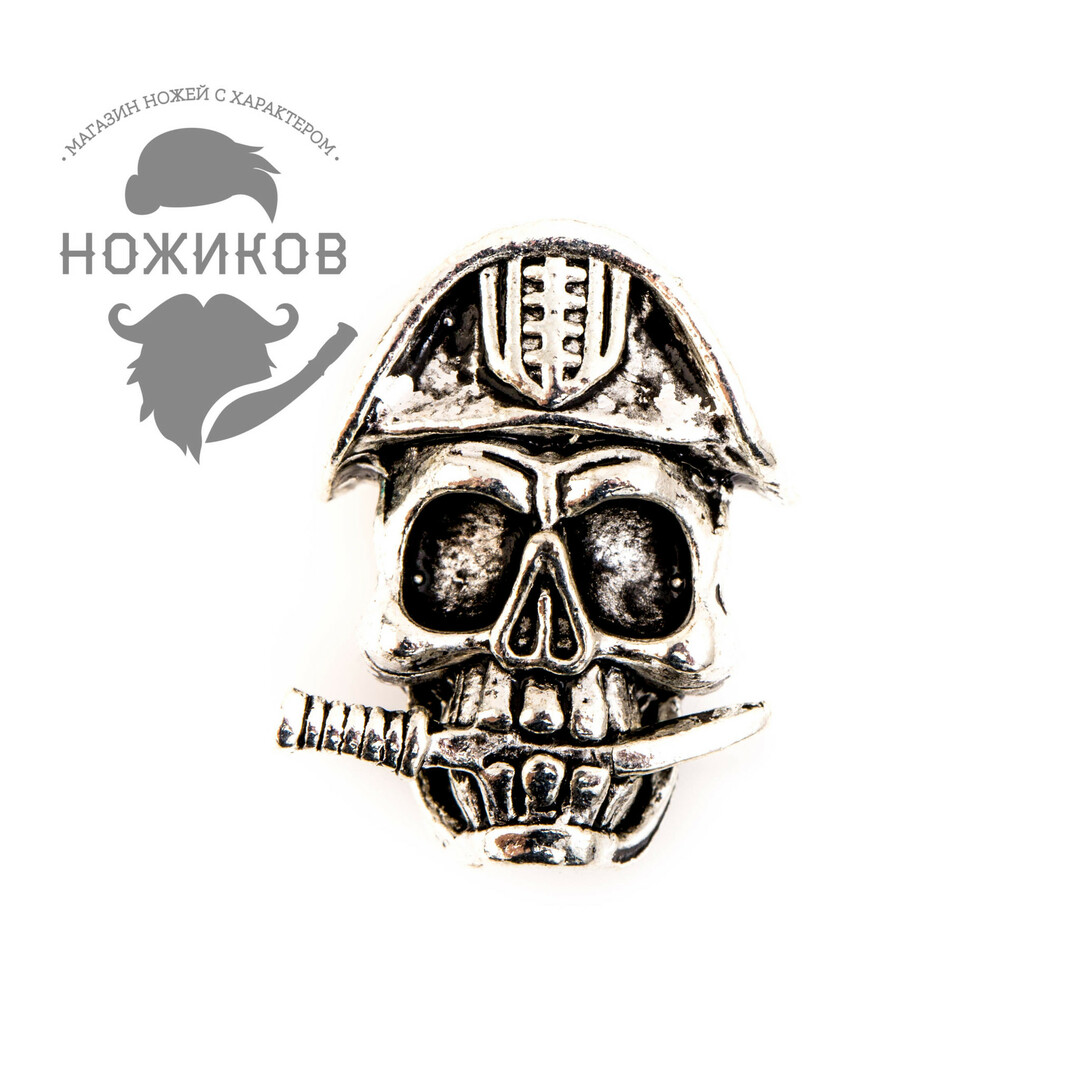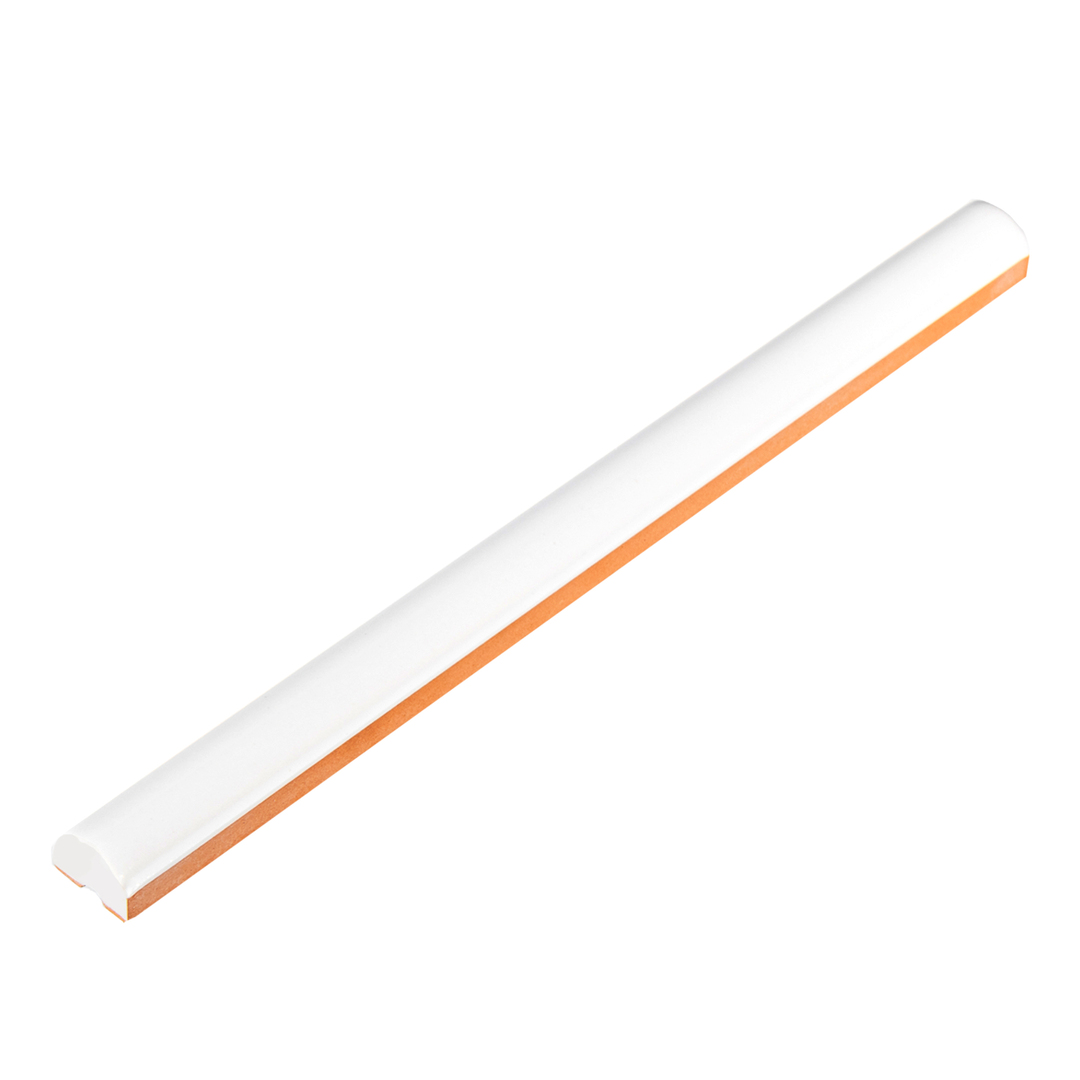For professionals working in industrial undertakings, it is important to know what are the differences from the faucet valve or valve.
general information
Crane - actuating valves, which is used for manufacturing pipeline, where the rotation of the gate valve about its own axis in a perpendicular direction. The element consists of two components:
- Tube rolling type;
- Static housing.

Valve - actuating valves form where the structure moves downstream and enters the saddle. It is intended for direct opening or closing, any fluid flow regulation.
What are the main differences
Customary to distinguish, depending on the destination are three types of valves:
- Drive.
- Regulating.
- The shut-off.
In some classifications added safety group.
Considering the major differences between the valve and ball valve, it should be noted, in the first fixture is acceptable fluid flow regulation. The ball valve is not able to perform this task. On the basis of existing rules, monitor and change the flow of liquid, using a ball valve, it is strictly forbidden to safety. First of all it valid to restrict functions as regulator can only open or close the flow.
With the valve is allowed change in the operating pressure and therefore the water pressure in the pipeline.
All the fault of structural differences that determine the function and use of the elements. Considering the main elements of the fixed valve body, a shutter mechanism therein "sits" on the saddle. Its movement is carried out in the flow direction.
When the crane operation, move it around its own axis. If you need additional elements, ball elements used by plumbers. When the ball begins to turn, automatically changed in the hole diameter.
The valve is provided with a packing follower. When screwing / unscrewing movement of the valve rod comes up and down.
Comparing the two structures, one can draw several conclusions:
- Valve is in closed and open positions.
- The valve is capable of, in addition to regulate the pressure.
- To visually recognize this valve or valve, it is sufficient to pay attention to the handle. At its crane device simple enough, unlike valve (here it is presented in the form of a ram).
Considering the basic types of valves, it is advisable to consider another popular item - the bolt.
There are several species of cranes, based on the rotation of the body:
- Cone. Visually resembles the shape of a truncated cone. The hole can be seen a rectangular or round shape. Most often it operated in gas supply. It is popular due to cost.

- Cylindrical. The main controller of the heating system. Can perform vertical movement for regulation of the fluid flow.

- Ball. Without it can not do any plumber. The hole is made in circular shape through which the medium.

What is the catch, the basic pros and nuances
valve type, wherein the adjustment item is moved in a perpendicular position, moves in the direction of flow. Among the representatives of this category, the valve is considered to be more urgent.

The tool is popular in use:
- Transport activities, where the diameter of the products varies - 15-2000mm;
- In the creation of water-gas supply;
- In the sphere of housing and communal services;
- Oil.
The prevalence of the use of the valves due to the following aspects:
- Easy to operate;
- Small size;
- It is operated under different conditions;
- The hydraulic present little resistance.
The last aspect is important in the construction of building highways. Constantly performed in an environment characterized by high speed.
The mechanism is not without serious nuances. Specialists in selecting the necessary tools and materials that do not recommend the use of the design, where the spindle is extendable. Proceedings when the gate is at least one diameter.
Customary to distinguish two types of valves:
- Full bore.

- Narrowed.

The first is the most common. It full bore diameter is equal to the value of the pipeline, which is installed on the tool. To reduce the amount of torque, valves are used to control the control valves, including a lower rate of wear of other constituent parts of the pipeline.
There are several principles of control valves:
- Manually;
- By motorized system;
- By pneumatically system;
- By means of hydraulic system.
Considering the comparison characteristics between the tap and the valve, it can be concluded that both elements have a number of similarities and differences.
comparison table
It is recommended to consider in detail the difference between the tap and valve
| Criterion | valve | Crane |
| Common symptoms | Operated to create a seal when the fluid flow flows, the gas in the pipeline. Optimally suited for designs with high blood pressure | |
What are the differences |
Movement of the main cell (baffle) is performed in all directions: left, right, up, and down | The shutter acts as a main element. It can make movement around its own axis, and also to place the channel at a different angle with respect to the flow of liquid |
| Wear is carried out in an intensive manner at constant operation | Wear less rapidly, even with constant use | |
| It is necessary to count additional space beyond the creation of the pipeline to accommodate part of the septum | It is necessary to calculate the additional space just to accommodate the regulatory elements | |
| In practice, the installation and operation of the device is most often found as a locking element, in the open or closed position. | As a regulator. At any time, it suffices to give the necessary intensity to ensure an even flow | |
| Rarely used as a constituent element in a mixer | It serves as one of the basic elements in the mixer. |
Crane and catch very tight. That is why plumbers use them during the repair of water pipes. However faucet characterized amortization less than valves. They can be used for longer only if they carried out the basic conditions:
- quality periodic maintenance,
- optimum lubrication.
Based on this table, we can conclude that the main difference between the two mechanisms can be traced in the following terms:
- How quickly wear out the details.
- free space size, which is needed outside of the pipeline construction.
- Where it can be operated.
Crane copes with the role of regulator, and can also perform the auxiliary member to regulate flow of water or gas at high pressure. Therefore, when creating a pipeline taps often encountered in the final sections. Since the rotating element moves around its own axis, it does not require much space. But regulatory mechanisms need a place to locate the valves.
A distinguishing characteristic is the type mechanisms underlying mechanism. This system, which movement in the perpendicular direction in the pipeline. In the crane into a special gate acts as the main element. If it is positioned parallel to the flow or a slight angle, the intensity of the motion of a fluid increases, with perpendicular arrangement of decrease in intensity occurs.



